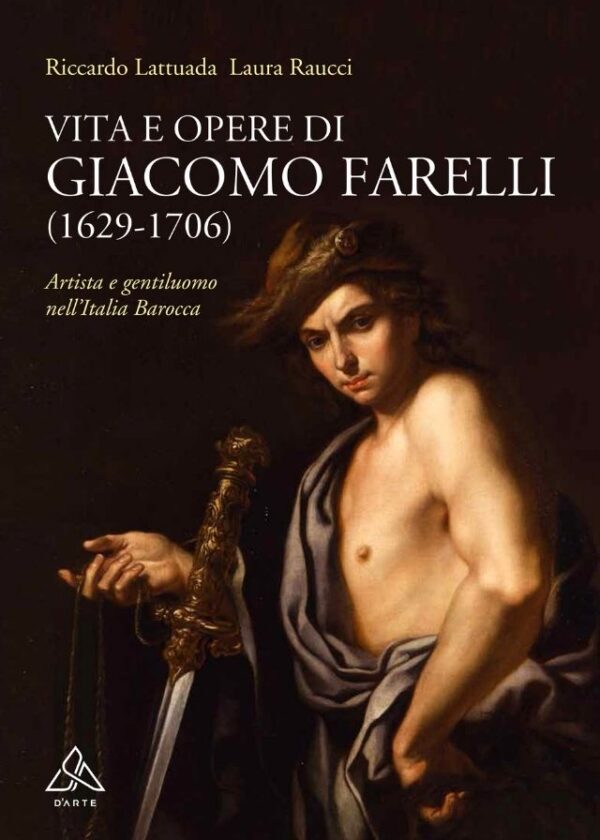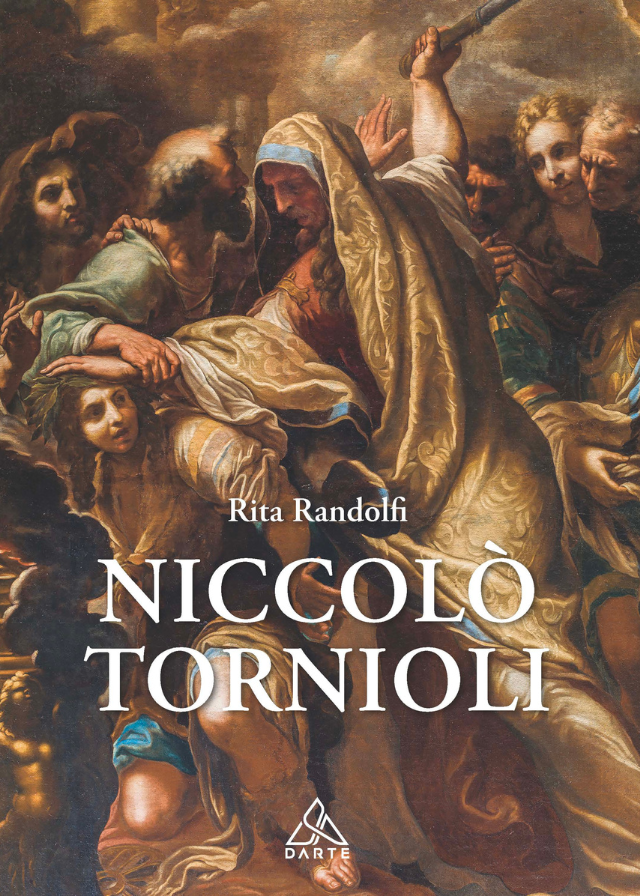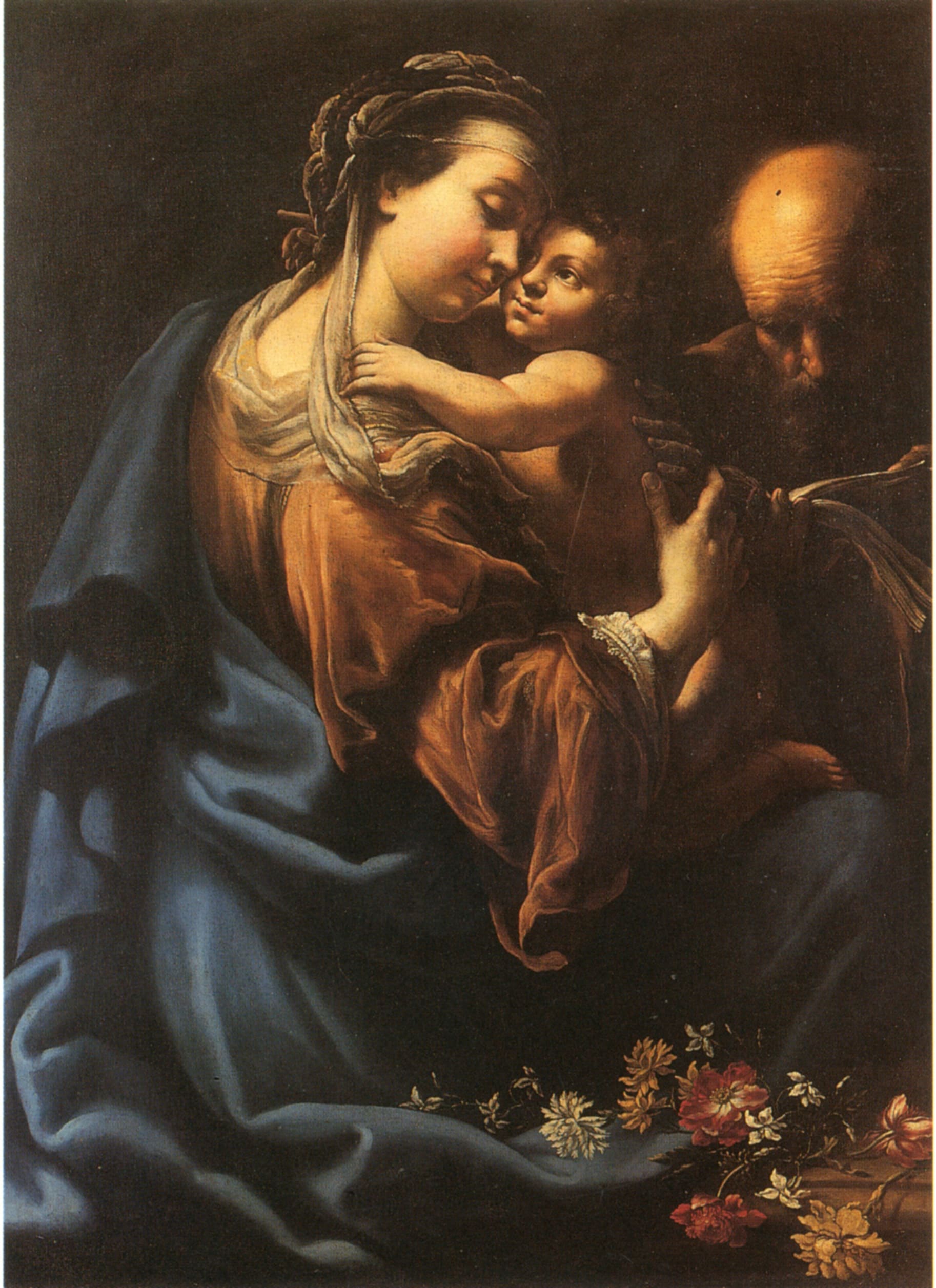Giacomo Farelli (Rome, 1629 – Naples, 1706) is a Carneade for many scholars of the History of Art of Southern Italy: a damnatio memoriae has relegated him to the ranks of minor artists, operating in the suburbs and almost non-existent compared to the protagonists of the late Baroque of Naples and its Kingdom: Luca Giordano, Francesco Solimena, Paolo de Matteis, Giacomo del Po.
The book by Riccardo Lattuada and Laura Raucci relocates Giacomo Farelli to the artistic horizon of his time, downstream of historically and philologically founded research, focusing on the painter’s remarkable social and professional position. Knight of the Order of Malta and for several years Governor of the City of L’Aquila, Farelli was an artist highly esteemed by his contemporaries, successfully active in Naples, in Abruzzo, in the continental South and in Pisa; and registered in ancient collections inventories in Spain, Germany and France.
Born to a father from Trapani and a mother from Sorrento and raised in Naples, at the age of fifteen Giacomo Farelli entered Andrea Vaccaro’s studio to emancipate himself early and set out on a successful career. The thickness of the stylistic references and the formal baggage make Farelli a complete and equipped artist with a very articulated figurative culture, influenced by the genius of Luca Giordano but fully updated on the emergence of the academic and classicist tendencies that emerged in the debates of the Roman Academy of San Luca.
The book by Riccardo Lattuada and Laura Raucci fills the gap in the knowledge of an eminent personality of southern Baroque art, and wants to be an incentive to start the conservation of his works. The images of Giacomo Farelli’s most important paintings – mostly newly executed – in public places in Campania and Abruzzo, show them mostly in pitiful conservation conditions. In many cases, the filming carried out constitutes the first documentation on episodes of great formal commitment. The authors of the book have chosen to deal with Giacomo Farelli also in order to point out the urgency of the launch of restoration campaigns on his works, and more generally on the whole disastrous body of the southern artistic heritage.
Niccolò Tornioli
80.00€Niccolò Tornioli is a Sienese painter who was active, during the first half of the 17th century, mainly in the papal city. Sources, but especially a fairly substantial number of documents, Letters, contracts of allotment, will, asset inventory, coeval testimonies or shortly after the death, have made it possible to reconstruct a tormented personality, rich in multiple interests, ranging from painting, of which he experimented with almost all techniques and media, to sculpture, science, and theater.




Reviews
There are no reviews yet.